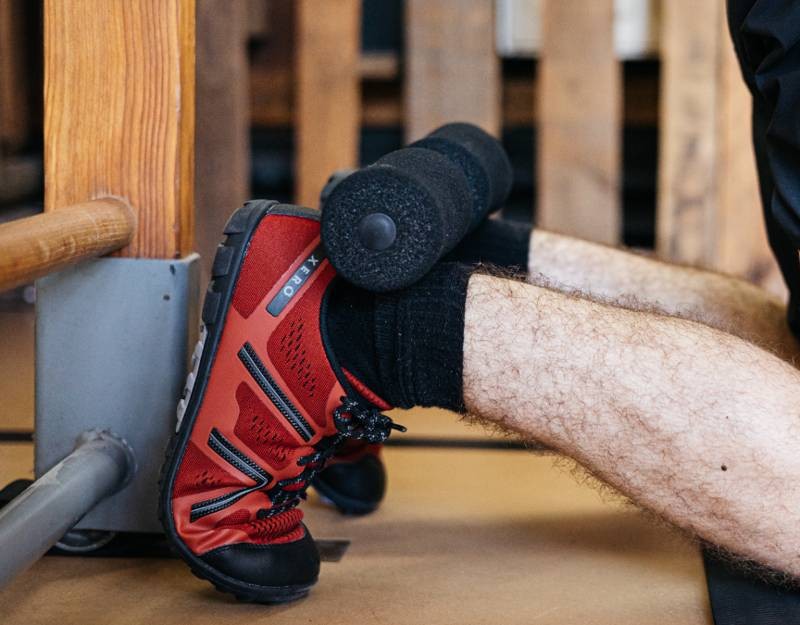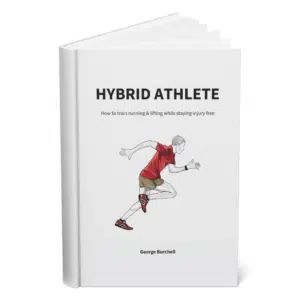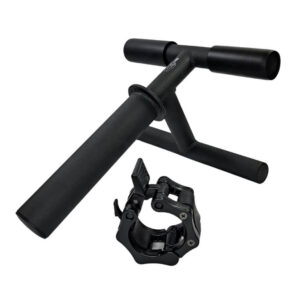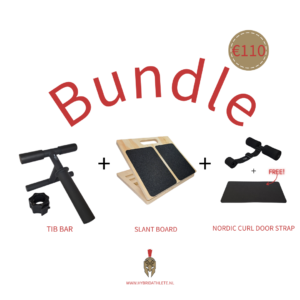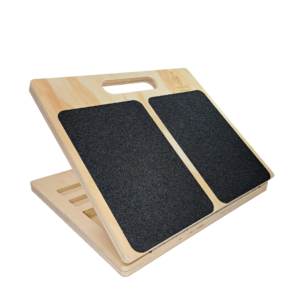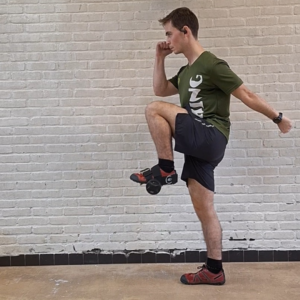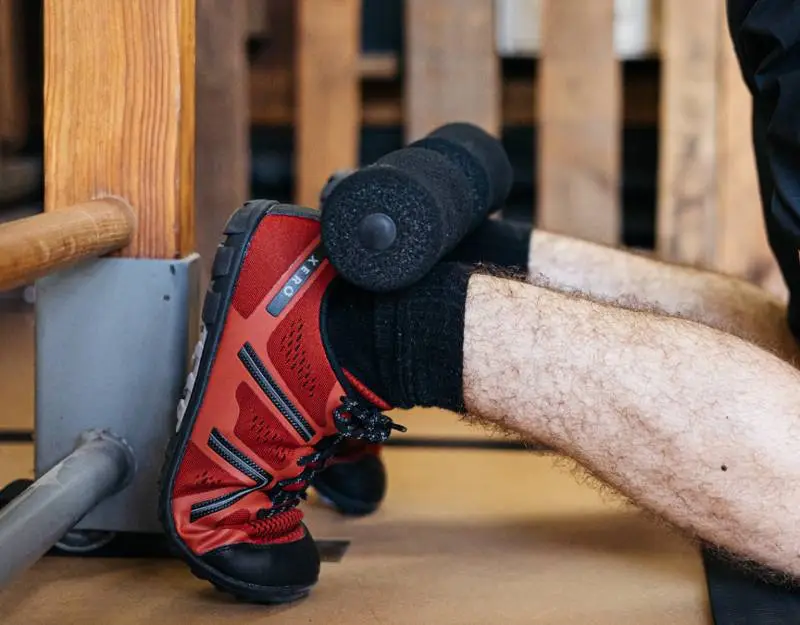
With all the talk about Knees-over-toes training, it’s only fair we mention the topic athletes are just rediscovering – ankle health.
We talked about the importance of building up your ankles, and ankle mobility is certainly finding its way into the mainstream.
However, there is more to ankle health than just mobility. So, how is training for ankle health measured? Let’s talk about it.
Table of Contents
ANKLE HEALTH IS NOT JUST ABOUT MOBILITY
The three key components to factor in when measuring ankle health are:
- Ankle Endurance
- Ankle Strength
- Ankle Mobility
1. ANKLE ENDURANCE
This aspect is especially important if you are into running, be it long-distance or sprinting. These repetitive motions tend to create ankle damage if there’s no adequate preparation.
So, we can safely say that ankle endurance directly affects recovery. That’s why it’s important to train your ankles “off the trail”, and not rely on building ankle endurance through running only.
One way to build up muscle endurance is to invest time into ankle stability work.
The thing is, you can have strong ankles that lack endurance, and the lack of it often slips unnoticed. Speaking of…
2. ANKLE STRENGTH
Almost every resistance exercise that you do while standing relies on ankle strength to efficiently transfer that force. That’s why your ankles (and feet by extension) need to act as stable roots for your whole body.
This is where ankle and shin exercises come into play. The ankle-knee connection is supported and carried by the muscles of your shin – soleus, gastrocnemius, and tibialis.
To tackle ankle strength, we recommend the tib bar, because it tackles both ankle strength and mobility, leading to improved ankle health.
This brings us to our third pillar of ankle health…
3. ANKLE MOBILITY
Often mistaken for ankle health, ankle mobility mostly refers to one’s dorsiflexion and plantar flexion ability. While this is somewhat true, it’s important to note that a healthy ankle has a wide range of motion under load as well.
This is where the Knees-over-toes (aka KOT) approach comes in handy. By forcing your ankles to stabilize the body in a full range of motion, you slowly develop their mobility.
The KOT approach to lower-body training is something we value at Hybrid Athlete as the right approach. Take a look at our library of knowledge on the Knees-over-toes philosophy HERE.
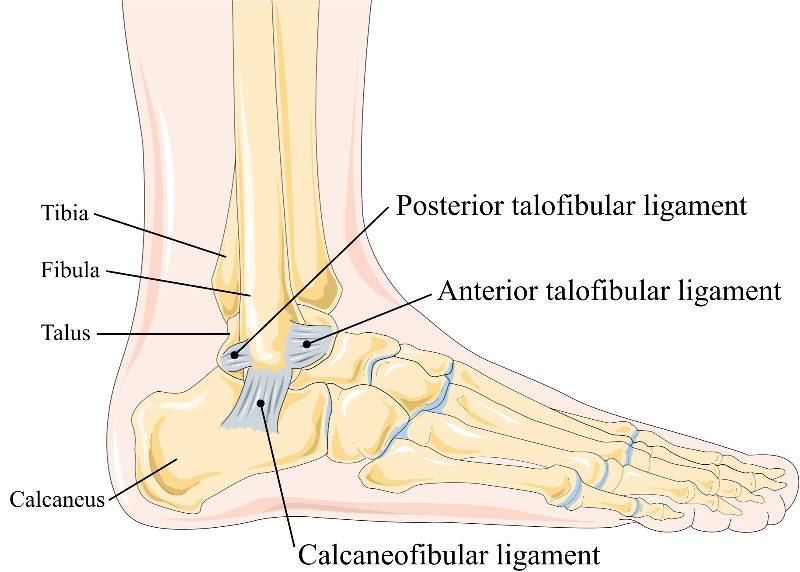
ANKLE HEALTH FOR ATHLETES – FAQ
1. HOW OFTEN CAN I TRAIN MY ANKLES?
Due to constant daily use, ankles have the ability to recover quickly. So, you can safely train your ankles 2-3 times per week.
If you are planning long runs, or sprints in the near future, consider adapting ankle training frequency accordingly.
2. IS ANKLE HEALTH IMPORTANT FOR RUNNERS?
Arguably, ankle health is the most important for runners, both long-distance and sprinters. Due to repetitive stress, runners rely on the shock absorption that healthy ankles provide.
So yes, runners need healthy ankles above all, meaning they need to develop ankle strength, endurance, and mobility.
3. WHAT ARE THE BEST ANKLE EXERCISES?
Ankle and knee-developing exercises are something we talk about on Hybrid Athlete a lot. It’s hard to pinpoint the best ones, but the essentials must include:
- FHL calf raise
- Tibialis raise
- Soleus calf raise
- Slant board calf stretches
4. IS KNEES-OVER-TOES TRAINING GOOD FOR KNEE AND ANKLE HEALTH?
Absolutely it is. Knees-over-toes is one of the healthiest ways to develop your ankles, knees, and hips. Especially if you’re an athlete. KOT found its place in both injury prevention and recovery.
The stigma over the KOT approach began to fade as fitness science entered the mainstream, so don’t be afraid in the slightest to try it out.
In Conclusion
As you can see, the three pillars of ankle health for athletes cover more than just mobility. And, if you dedicate just a little more to your ankles, you’ll start noticing athletic improvements almost immediately.
No matter if you’re lifting, running, playing sports, fighting, or all of the above – ankle health is the key to healthy moving.
Get the best injury-prevention equipment here:
GET THE BEST INJURY-PREVENTION TRAINING EQUIPMENT:
Above all, a storyteller. Then comes marketing, branding, writing music, powerlifting, and woodworking.

